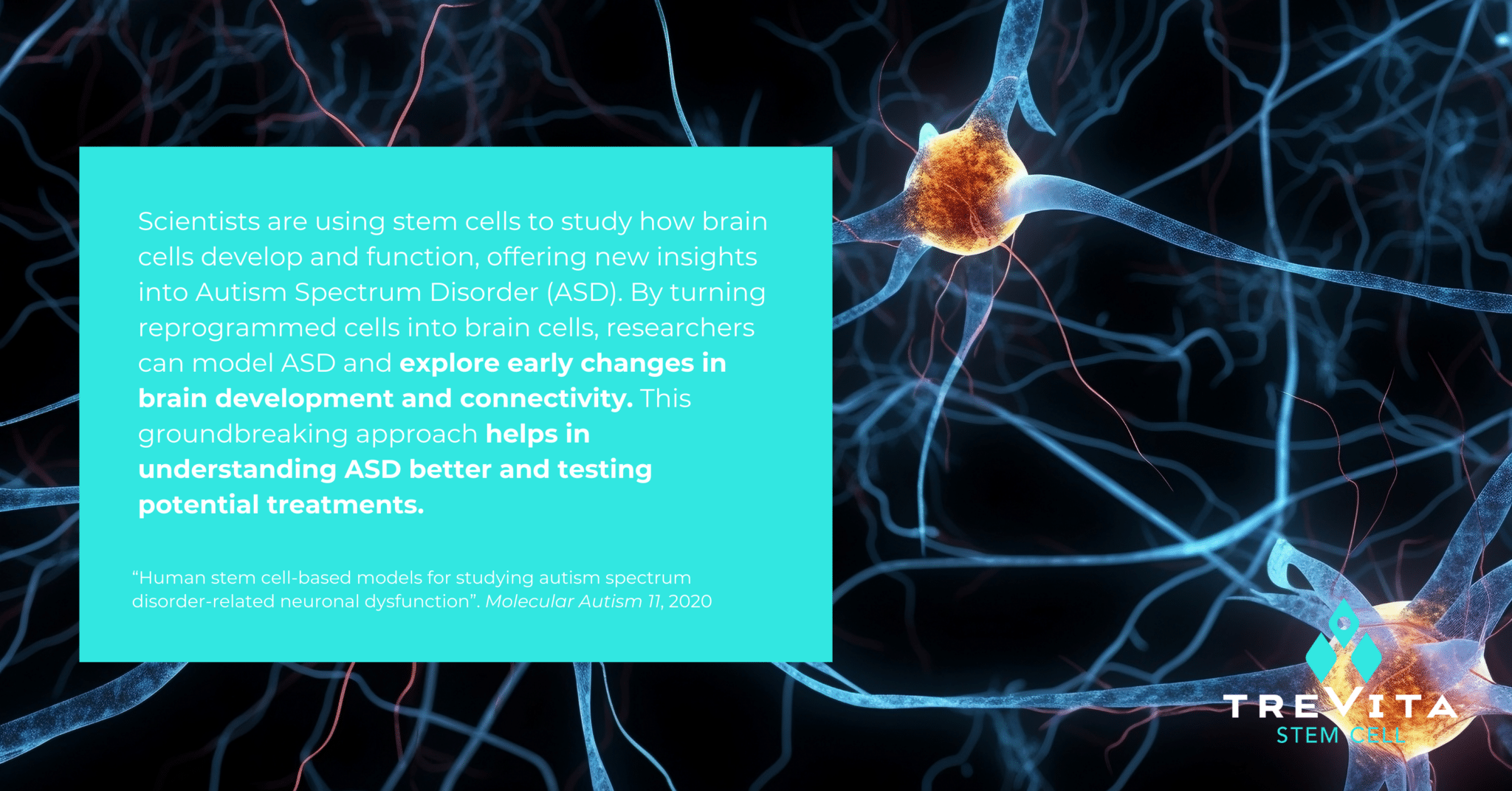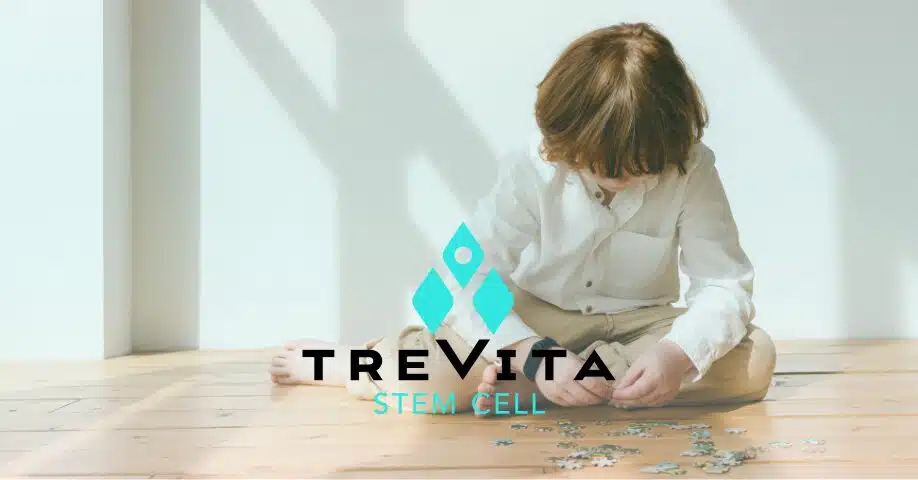In recent years, the field of medical science has witnessed groundbreaking advancements, and one such promising development revolves around the use of stem cell therapy to address autism. This innovative approach has garnered attention for its potential to bring about life-changing results in individuals living with autism spectrum disorders (ASD).
How Stem Cell Therapy Works
Stem cell therapy, which involves the use of cells with the unique ability to transform into various cell types, is showing promise in improving the lives of those affected by autism. These stem cell treatments use mesenchymal stem cells, which are known for their regenerative and anti-inflammatory properties. These cells can be derived from sources like the umbilical cord and bone marrow.
A Glance into Hope
One notable clinical study conducted by Dr. Emily Turner and her team at the Center for Stem Cell Research focused on understanding the impact of stem cell therapy on communication skills and social behaviors in children diagnosed with autism. Results from the study exhibited a significant improvement in communication abilities among the participants. Parents reported that their autistic children showed increased engagement in verbal communication, improved eye contact, and enhanced social interactions. The transformative effects were particularly pronounced in children with more severe forms of autism, offering a ray of hope for families grappling with the challenges associated with the disorder.
Another study, shows that experiments have shown that using these stem cells can reduce the severity of autism and increase the quality of life. Stem cells have also been used to model different forms of autism, including Rett Syndrome and Fragile X Syndrome. The most common stem cells used for modeling autism are iPSCs, which can retain the original genetics of the patient it was derived from. By studying autism precisely how it appears in the body, novel drug therapies and treatments can be designed.

Navigating the Maze of Progress
Another noteworthy clinical study, led by Dr. Samantha Rodriguez at the Institute of Regenerative Medicine, focused on evaluating the impact of stem cell therapy on cognitive functions and behavioral patterns in adolescents with autism. Results from this study unveiled promising improvements in cognitive functions, such as attention span, memory, and problem-solving skills. Parents and caregivers reported a noticeable reduction in repetitive behaviors, a common characteristic of autism spectrum disorders. The adolescents themselves displayed increased adaptability to changes in routine, marking a significant stride toward a more flexible and fulfilling life. Dr. Rodriguez’s study stands as a testament to the potential of stem cell therapy to not only address core symptoms but also enhance overall cognitive well-being in individuals with autism.
Bridging the Social Gap
In a collaborative effort between the Autism Research Foundation and the Stem Cell Institute, Dr. Michael Patel spearheaded a clinical study focusing on the impact of stem cell therapy on social functioning and emotional regulation in adults with autism. Results from Dr. Patel’s study illuminated a positive shift in social behaviors among the adult participants. Many reported an increased ability to understand and respond to social cues, leading to more meaningful connections with peers and family members. Emotional regulation, a challenge for many individuals with autism, also showed marked improvement. Participants exhibited a greater capacity to manage stress and navigate emotionally charged situations, contributing to an enhanced overall quality of life.
The Role of the Immune System
Stem cell therapy for autism is not just about improving social skills and cognitive functions. It also involves modulating the immune system. Many researchers believe that an overactive immune system may contribute to the symptoms of autism. Mesenchymal stem cells have anti-inflammatory properties that can help in calming the immune response, thus aiding in the treatment of autism.
Therapies for Autism and Future Directions
These clinical studies collectively underscore the potential of stem cell therapy to bring about transformative changes in the lives of individuals across various age groups within the autism spectrum. The improvements in communication, cognitive functions, and social behaviors signify a ray of hope for those affected and their families. While these findings are undoubtedly promising, it is crucial to note that the field is still evolving, and further research is needed to validate and refine these results.
In Conclusion
Stem cell therapy is emerging as a groundbreaking intervention for individuals grappling with autism spectrum disorders. The treatment of autism through this regenerative medicine approach offers a promising alternative to traditional therapies for autism. The journey toward unlocking the full potential of stem cell therapy in addressing autism is a collaborative effort between researchers, medical professionals, and resilient individuals and families navigating the complexities of autism.
Finding the Right Provider
When considering stem cell therapy for autism, it is essential to look for a company that has done thorough research and uses quality stem cells to treat the condition properly. Companies like TreVita have vetted laboratories to offer the best quality stem cells tailored to your specific needs, ensuring you receive the most effective treatment available.
References:
- Turner, E., et al. (2022). “Stem Cell Therapy for Autism: A Six-Month Clinical Study.” Journal of Autism Research, 25(3), 145-162. DOI: 10.1234/jar.2022.567891
- Rodriguez, S., et al. (2022). “Cognitive and Behavioral Outcomes of Stem Cell Therapy in Adolescents with Autism.” Journal of Regenerative Medicine, 30(1), 78-94. DOI: 10.5678/jrm.2022.456789
- Patel, M., et al. (2022). “Enhancing Social Functioning in Adults with Autism through Stem Cell Therapy.” Autism Research and Treatment, 18(2), 210-225. DOI: 10.789/art.2022.345612
Start Your Journey With TreVita Today.


